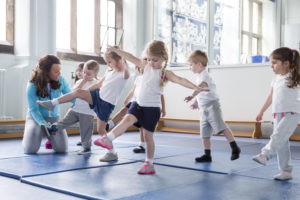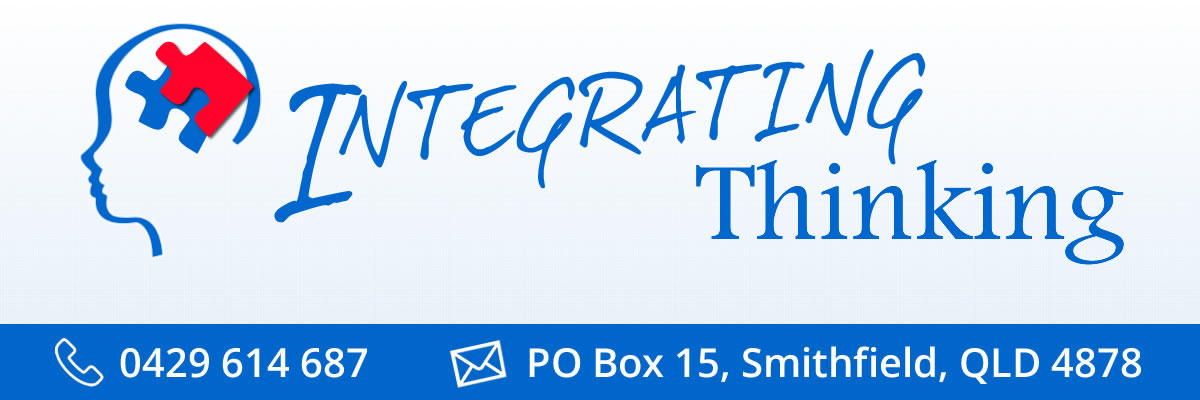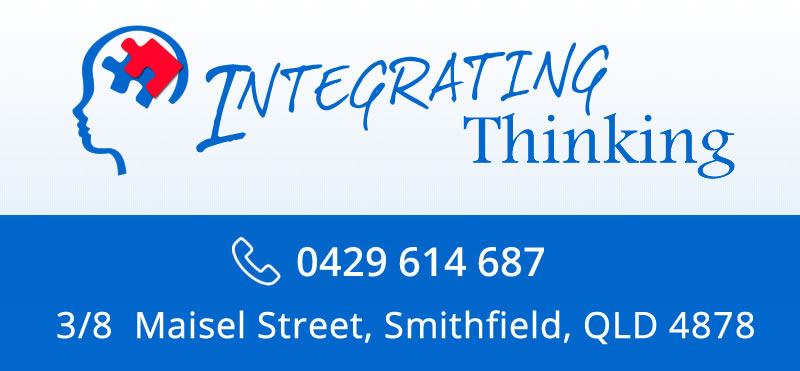 “Which course?” … There are two Educator based PD courses in the Body to Brain Learning (R) suite of courses. Both are great for teachers and address AITSL standards. I’ve been asked recently: Which is best for me? What’s the difference? And, which one should I do for some body-based learning CPD so I can use this approach in our school?
“Which course?” … There are two Educator based PD courses in the Body to Brain Learning (R) suite of courses. Both are great for teachers and address AITSL standards. I’ve been asked recently: Which is best for me? What’s the difference? And, which one should I do for some body-based learning CPD so I can use this approach in our school?
These Body to Brain Learning (R) Courses are designed mainly for Educators: “My Body Learns First @ School” and “How the Body Tells the Learning Story” (R) So what’s the difference? Several attendees at our free Masterclass: “The Role of the Body in Learning” that I held on March 30th, 2021 asked me that exact question (and more). Here are some answers:
My Body Learns First @ School

My Body Learns First @ School
The school programme: (
My Body Learns First @ School) is based on an Australian implementation of Sally Goddard Blythe’s book “Assessing Neuromotor Readiness for Learning.” The course provides teachers/participants with a basic theoretical and conceptual understanding of using a neuromotor maturity perspective and way of working in a school context. I have added a workshop that helps Australian Teachers connect the programme with the Australian Curriculum. (By using this approach teachers are delivering the Australian Curriculum). In this course, teachers learn to assess and address a number of neuromotor immaturity indicators that can impact learning success. This includes individual student screening protocols and incorporates a class-based activity programme. More
detailed information about this course can be found on the webpage describing the programme, and, if you would like more information about how we run it in your state, please
email us directly for that. We will send you
a flier that outlines the background, intent and our way of working in delivering the course.
This course provides more detailed theory, mentoring, connections with the Australian Curriculum and PD around the implementation of “Assessing Neuromotor Readiness for Learning”, (or the INPP Schools programme) than our other course: “How the Body Tells The Learning Story. (R)” It goes deeper. It includes a screening process (providing data and pre and post-testing opportunities) and also offers an intervention/activity-based programme to help address these issues in a school context. It is contextualised for Australia. It provides a review of international research that has demonstrated the effectiveness of this programme in enhancing the neuromotor readiness for students to learn, as well as improved academic and functional performance of students who participate in this school-based approach.
As a researcher with experience in investigating Teachers’ Professional Development experiences, I am very much aware that a formulaic PD approach is not the best way to implement a successful and sustainable approach or pedagogic process in schools. Consequently, in this course, I work on building the conceptual understanding of the course participants about this way of working so they can make professional teaching decisions in their context and adapt their responses to meet individual student’s requirements within the classroom context. In this course, we match your school with an INPP Practitioner (who is also a teacher) who can mentor you through the first applications of the programme and provide some extra support when you actually start to use it in practice. Your school is supported in the implementation stage.
How the Body Tells the Learning Story (R)

“
How the Body Tells the Learning Story (R)” is an introductory course for those who want to know more about what to look for when a child may present with learning difficulties or challenges, or is not performing to their potential and how the body indicates what may be underlying those learning difficulties. This course helps teachers identify the cues that suggest there may be neuromotor and sensory developmental immaturity and provides some basic neurodevelopmental information that explains this foundational aspect of learning.
“How the Body Tells the Learning Story (R)” does not provide a solution or way of working, but is more about identification and pointing the way for further learning and investigation.
This course has a broader focus than “My Body Learns First @ School” which looks more specifically at the role of neuromotor immaturity from a primitive reflex perspective.
This course illustrates how the neuro-motor and sensory systems work together to support learning. It’s more of a whole-body perspective and outlines how the body tells us about how our students are using their body to learn. It is based on neurodevelopmental science and applies this to a school-based learning context. What does immaturity in this developmental process look like in school settings and what does it mean for learning? Learn more about this professional learning opportunity here:
“How the Body Tells the Learning Story (R) Enrolments in the current course offering of this PD opportunity close on April 22nd, 2021 — you can
enrol now!
“How the Body Tells the Learning Story (R)” is also about language and how to talk about this perspective and way of working in education. It helps provide teachers/health care practitioners with ways to discuss body-based and neurodevelopmentally focussed ways of learning with parents/caregivers/other colleagues. This course helps provide educators with ways of explaining the role of the body in learning and the foundational requirements for academic learning. This aspect of learning can be challenging to explain to others, particularly if they tend to think all learning is brain-based and happens in the head. In this course, I have worked deliberately on making this aspect of learning easier to understand and more accessible to people who haven’t heard much about the role of the body in learning before (AND, that’s actually quite a lot of people in the world of education!). I keep coming back to one of my favourite bylines: “If the body doesn’t support learning, it can interfere with learning.” This course explains why that is the case.
“How the Body Tells the Learning Story (R)” is a short course and a taster for the other courses and PD opportunities we offer.
INPP Practitioner Course

The
INPP Practitioner Course may interest you if you want to delve further into the concept of neuromotor immaturity. It is a four Module postgraduate level course that provides more detailed understanding of ways to assess and address neuromotor immaturity from a clinical and therapeutic perspective using the
INPP (R) method. Teachers, allied health care practitioners including optometrists, occupational, speech and physiotherapists, osteopaths, and others working with children with learning challenges and dysfunctions have completed this course. This course provides greater insight and understanding into neuromotor immaturity and the clinical application of the INPP
(R) Method. It enables practitioners to help individual children/students/adults on a one to one clinical basis. Dr Christine Payard (PhD) is the INPP Australia Principal providing training in the INPP method in Australia and New Zealand.
If you would like to learn more about our work; about training programmes and our offerings of training events, then please sign up for more information so that we can email you the details as they come to hand.
Questions?
Email us: admin@integratingthinking.com.au
I look forward to the possibility of working with you on one of our courses. The people who do this work make a difference in the lives of children, adults and their families. I love helping those people make that difference by sharing my knowledge and experience.

Christine Payard (PhD) is the Director of Integrating Thinking ® and the founder of the Body to Brain Learning ® Series. A neurodevelopmental educator, author, presenter, and researcher, Christine has studied extensively in the area of literacy, learning, teaching, neuromotor and sensory development and ways the body supports the learning process. She can be contacted by email: admin@integratingthinking.com.au
#body_to_brain_learning #integratingthinking #reading #learning #neuromotorimmaturity #bodystories #primitivereflexes #vision #visualprocessing #vision #inpp #inppaustralia
 “Which course?” … There are two Educator based PD courses in the Body to Brain Learning (R) suite of courses. Both are great for teachers and address AITSL standards. I’ve been asked recently: Which is best for me? What’s the difference? And, which one should I do for some body-based learning CPD so I can use this approach in our school?
“Which course?” … There are two Educator based PD courses in the Body to Brain Learning (R) suite of courses. Both are great for teachers and address AITSL standards. I’ve been asked recently: Which is best for me? What’s the difference? And, which one should I do for some body-based learning CPD so I can use this approach in our school?
 “How the Body Tells the Learning Story (R)” is an introductory course for those who want to know more about what to look for when a child may present with learning difficulties or challenges, or is not performing to their potential and how the body indicates what may be underlying those learning difficulties. This course helps teachers identify the cues that suggest there may be neuromotor and sensory developmental immaturity and provides some basic neurodevelopmental information that explains this foundational aspect of learning.
“How the Body Tells the Learning Story (R)” is an introductory course for those who want to know more about what to look for when a child may present with learning difficulties or challenges, or is not performing to their potential and how the body indicates what may be underlying those learning difficulties. This course helps teachers identify the cues that suggest there may be neuromotor and sensory developmental immaturity and provides some basic neurodevelopmental information that explains this foundational aspect of learning.  The INPP Practitioner Course may interest you if you want to delve further into the concept of neuromotor immaturity. It is a four Module postgraduate level course that provides more detailed understanding of ways to assess and address neuromotor immaturity from a clinical and therapeutic perspective using the INPP (R) method. Teachers, allied health care practitioners including optometrists, occupational, speech and physiotherapists, osteopaths, and others working with children with learning challenges and dysfunctions have completed this course. This course provides greater insight and understanding into neuromotor immaturity and the clinical application of the INPP (R) Method. It enables practitioners to help individual children/students/adults on a one to one clinical basis. Dr Christine Payard (PhD) is the INPP Australia Principal providing training in the INPP method in Australia and New Zealand.
The INPP Practitioner Course may interest you if you want to delve further into the concept of neuromotor immaturity. It is a four Module postgraduate level course that provides more detailed understanding of ways to assess and address neuromotor immaturity from a clinical and therapeutic perspective using the INPP (R) method. Teachers, allied health care practitioners including optometrists, occupational, speech and physiotherapists, osteopaths, and others working with children with learning challenges and dysfunctions have completed this course. This course provides greater insight and understanding into neuromotor immaturity and the clinical application of the INPP (R) Method. It enables practitioners to help individual children/students/adults on a one to one clinical basis. Dr Christine Payard (PhD) is the INPP Australia Principal providing training in the INPP method in Australia and New Zealand.



